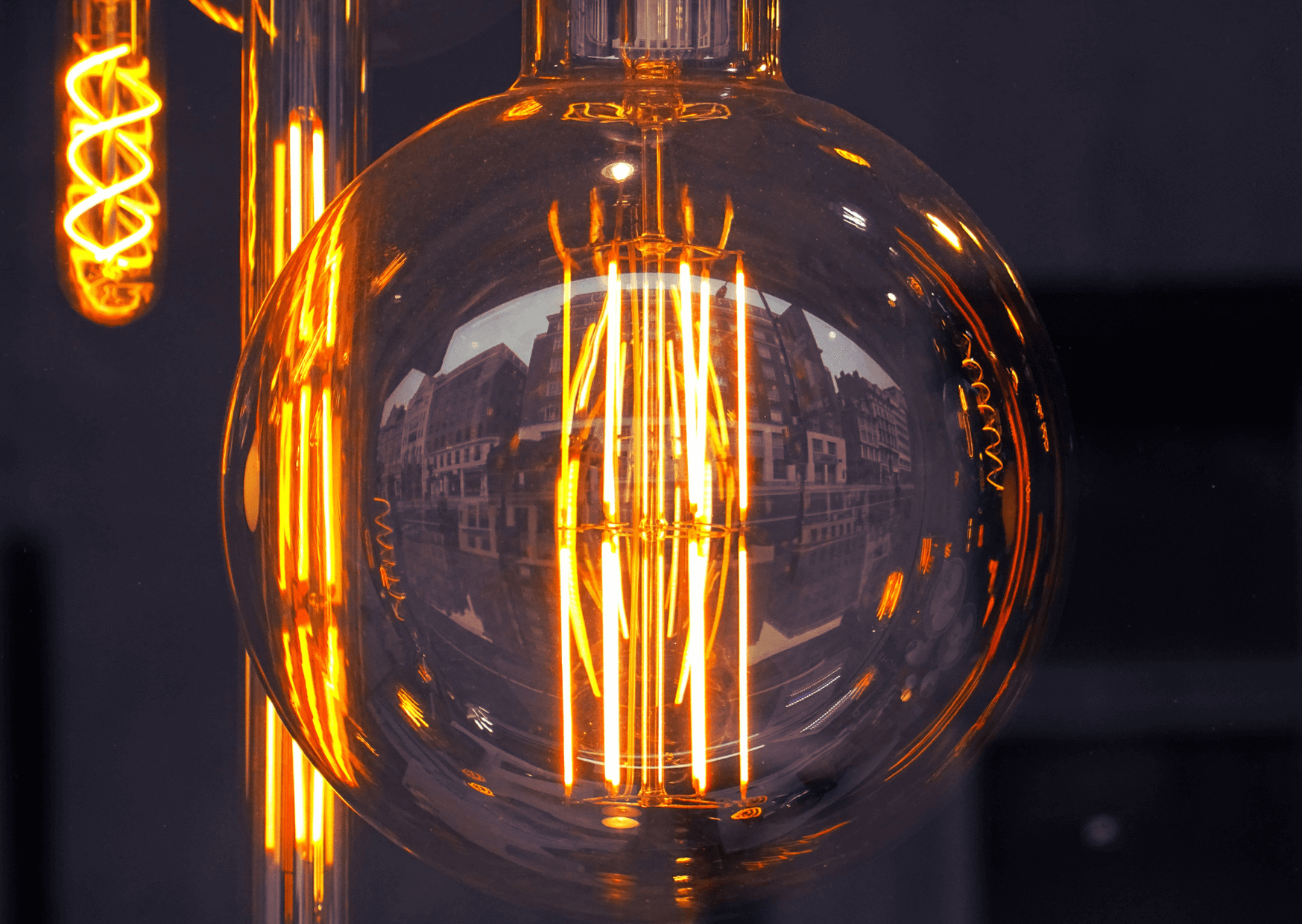
Lighting Design for Restaurants
Restaurant lighting is not only an essential element of every restaurant’s design project and crucial tool to ensure a pleasant, relaxing atmosphere for customers but also impacts greatly on dining experiences. According to a survey conducted by Big Hospitality, 72% of respondents left the restaurant earlier than planned because the room was too bright or dimly lit. Around 74% of respondents stayed longer because the lighting made them feel relaxed and welcome. The perfect arrangement and installation of lighting emphasizes the main theme of the restaurant and encourages customers to come back.
Lighting Control
Controlling lighting is very important for safety reasons. It also provides the introduction of different moods appropriate to the culinary experience of customers. Creating bright lighting in the kitchen will allow employees to work in a safe environment. Additionally installing dimmable lights will provide a safe working environment for them without ruining the dining experience of customers. A very common mistake made by owners is installing too dark lights in restaurants. Lights that prevent guests from placing an order will not provide a positive dining experience.
Ceiling Height
Knowing the parameters and limitations of space is the first principle of lighting design. A high ceiling can make a room appear larger and create a more lively atmosphere. The low ceiling creates a more intimate atmosphere. Standard luminaires allow a fall from the ceiling from one meter, however, for vaulted ceilings or double-height ceilings, this may not be enough to illuminate the dining room level. The ceiling height of the restaurant determines which light fixture is most suitable for creating the atmosphere you want.
Types of Restaurant Lighting
The bulbs are usually white light. The colours of gold and orange can be found in tungsten-based bulbs. There are three main types of lighting, classified according to their purpose. Ambient lighting is responsible for the overall mood of the restaurant. The poor lighting creates an intimate, exclusive atmosphere, especially in the restaurant bar. Bright lighting creates a brighter, more lively atmosphere and is well suited for less formal restaurants such as a pizzeria. Task lighting helps customers and employees get their job done. It also helps light up salad bars, buffets, paths and toilets. Accent lighting is more decorative than functional and is used for specific areas and objects to create visual interest. Paintings, sculptures, fountains, and bars are usually lit by accent lighting.
Different Illuminance
If the restaurant is open all day, the lighting will need to be changed according to the time of the meal. Many operators of formal dining establishments recommend the brightest light at breakfast time so customers can read the morning newspapers. They also recommend a moderate level of lighting to achieve higher turnover at lunchtime. During dinner, dimmable lighting creates an intimate and peaceful atmosphere.
Led Lights
The use of LED lighting in restaurants is growing in popularity in recent years. Although they are more expensive, they are 300% more energy-efficient than fluorescent lighting and 1000% more energy-efficient than incandescent lamps. They also consume up to 90% less energy and last much longer than other lighting solutions. Track lighting with LED bulbs allows you to create different moods and colours.
External Lighting
Well-chosen outdoor lighting is essential to attract customers and advertise your restaurant at different times day and night. It can highlight signs, menus, and interesting architectural details, creating an overall friendly atmosphere. Outdoor lighting should be the first step to your customers’ culinary experience.
